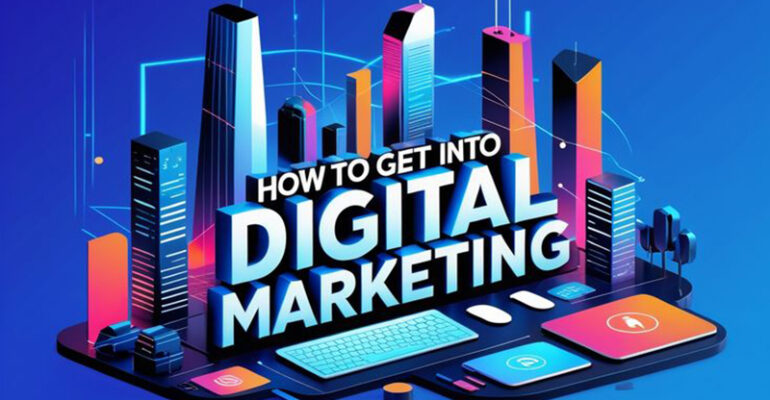Maximizing ROI Through Paid Advertising Optimization
In the fast-paced digital marketplace of the United Arab Emirates, paid advertising has become a cornerstone for businesses seeking rapid visibility and measurable growth. However, simply allocating a budget to online ads does not guarantee success. Maximizing return on investment requires strategic planning, continuous monitoring, and optimization to ensure that each advertising dollar contributes effectively to business objectives. For UAE companies competing in a highly dynamic environment, optimizing paid campaigns is essential for sustaining profitability and enhancing market presence.
Effective paid advertising begins with clearly defined goals. Businesses must establish what they aim to achieve—whether it is generating leads, driving website traffic, increasing brand awareness, or promoting specific products and services. Understanding objectives allows marketers to select the most appropriate platforms, targeting criteria, and creative strategies. In the UAE, where audiences are diverse and digital adoption is high, precise targeting ensures that ads reach the most relevant users and minimizes wasted expenditure.
Audience segmentation plays a critical role in optimization. By analyzing demographics, behaviors, interests, and engagement patterns, businesses can tailor ads to appeal to specific customer segments. Platforms such as Google Ads, Facebook, and LinkedIn offer advanced targeting features, enabling brands to deliver messages to audiences based on location, age, profession, and browsing history. Strategic segmentation ensures that campaigns reach those with the highest potential for conversion, enhancing efficiency and effectiveness.
Creative content is another key factor in maximizing ROI. Compelling ad copy, striking visuals, and clear calls-to-action capture attention and encourage engagement. In a competitive market like the UAE, where users encounter numerous advertisements daily, creative content must stand out while remaining aligned with the brand’s identity and messaging. Continuous testing of different visuals, headlines, and ad formats allows businesses to determine what resonates best with their audience and refine campaigns accordingly.
Monitoring and data analysis are integral to optimization. Campaign performance must be tracked through metrics such as click-through rates, conversion rates, cost per acquisition, and overall engagement. These insights enable marketers to identify underperforming ads, adjust targeting, and reallocate budget to the most effective campaigns. In the UAE, where digital consumer behavior evolves rapidly, data-driven decision-making ensures that advertising remains relevant, efficient, and impactful.
Bid management and budget allocation are also essential. Paid campaigns require strategic investment to balance reach and cost-effectiveness. Adjusting bids, timing, and placement based on real-time performance data allows businesses to maximize exposure while minimizing unnecessary expenditure. For companies operating in competitive sectors, this dynamic approach ensures that resources are utilized optimally to achieve the highest possible return on investment.
A/B testing further enhances optimization efforts. By comparing multiple versions of ads and landing pages, businesses can identify which elements drive the best results. Testing variables such as headlines, visuals, messaging, and call-to-action buttons provides actionable insights for continuous improvement. This iterative process allows marketers to refine campaigns systematically, ensuring that each adjustment contributes positively to performance and ROI.
Integration with broader marketing strategies is equally important. Paid advertising should complement organic marketing efforts, content campaigns, and social media activities to create a cohesive brand presence. Consistency across channels reinforces messaging, increases recognition, and maximizes the overall impact of marketing initiatives. In the UAE, where audiences interact with brands across multiple touchpoints, integrated strategies enhance visibility and drive measurable outcomes.
In conclusion, maximizing ROI through paid advertising optimization is a strategic imperative for UAE businesses seeking to achieve measurable growth and maintain competitive advantage. By defining objectives, segmenting audiences, creating compelling content, analyzing performance data, managing bids and budgets, conducting A/B testing, and integrating campaigns with broader strategies, companies can ensure that every advertising effort contributes to tangible results. Optimized paid advertising not only increases efficiency but also strengthens brand visibility, engagement, and long-term profitability in a dynamic and digitally-driven marketplace.














